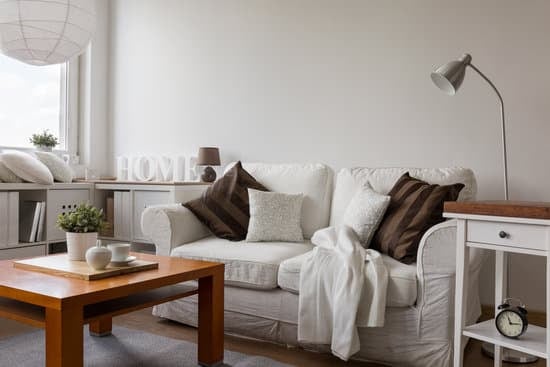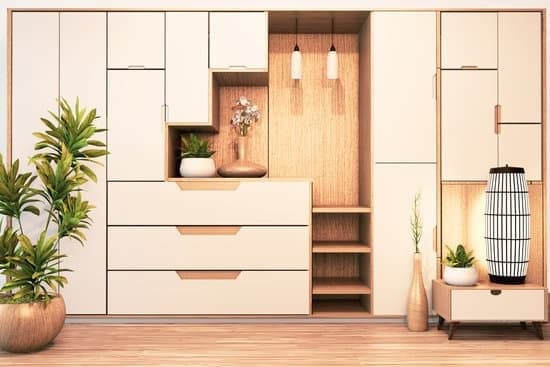Are you tired of cluttered closets and disorganized spaces? Learn how to hang Closet Maid shelving and transform your storage areas into efficient and tidy spaces. In this article, we will guide you through the step-by-step process of assessing your closet space, gathering the necessary tools and materials, measuring and marking the wall for installation, installing the wall brackets, and attaching and adjusting the Closet Maid shelving. Get ready to create a safe and organized environment in your home!
Assessing Your Closet Space
You’ll need to assess your closet space before hanging closet maid shelving. It’s important to ensure a safe and efficient installation while maximizing storage potential and organizing clothing and accessories. Start by measuring the dimensions of your closet, including height, width, and depth. This will help you determine the appropriate size of shelving units needed. Take note of any obstructions such as light fixtures or vents that may affect the placement of the shelves. Consider the type of clothing and accessories you have and how you want to arrange them on the shelves. Assessing your closet space allows you to plan ahead, ensuring that everything fits well and is easily accessible once the shelving is installed. Safety should always be a top priority when working with any home improvement project, so take necessary precautions throughout the assessment process.
Gathering the Necessary Tools and Materials
To properly install the closet maid shelves, it’s important to gather all the required tools and materials. Safety should always be a top priority when working on any home improvement project. Start by choosing the right shelving material for your needs. Consider factors such as weight capacity and durability. Once you have selected the shelving material, make sure you have all the necessary tools on hand. You will likely need a drill, level, tape measure, screwdriver, and anchors or wall brackets specifically designed for shelving installation.
Properly anchoring the wall brackets is crucial to ensure that your closet maid shelves are secure and won’t collapse under weight. Use a stud finder to locate the studs in your walls before mounting the brackets. This will provide added stability and support for your shelves. Follow the manufacturer’s instructions carefully when installing the wall brackets and use all provided hardware. Don’t take shortcuts or skip steps, as this could compromise the safety of your installation.
Remember to wear appropriate safety gear such as goggles and gloves while handling tools or materials during this process.
Measuring and Marking the Wall for Installation
Before starting the installation process, it’s essential to accurately measure and mark the wall. This step ensures that your Closet Maid shelving will be properly aligned and secure. First, determine the proper height placement for your shelves by considering what items you’ll be storing and how easily accessible they need to be. Mark this height on the wall using a pencil or marker. Next, locate the studs in the wall using a stud finder or by tapping lightly on the wall until you hear a solid sound instead of a hollow one. Once you’ve found the studs, position your shelving brackets accordingly and mark where each bracket will go on the wall. Finally, secure the wall anchors provided with your Closet Maid kit into these marked spots to ensure stability when hanging your shelving.
Installing the Wall Brackets
Once you’ve marked the wall and located the studs, it’s time to install the wall brackets for your shelves. Here are some important steps to follow when installing the brackets:
- Use a level to ensure that the brackets are straight and even.
- Place the bracket against the wall, aligning it with your marks.
- Use a drill or screwdriver to secure the bracket into place using screws or anchors, depending on your wall type.
- Repeat this process for all of your brackets, making sure they are evenly spaced.
- Once all of your brackets are secured, double-check their levelness.
Ensuring that your closet maid shelving is properly installed is crucial for safety and stability. By following these steps and taking extra care during installation, you can enjoy a sturdy and functional storage solution in your closet.
Attaching and Adjusting the Closet Maid Shelving
Make sure you attach and adjust the shelves carefully for a secure and customized storage solution. Start by inserting the shelf brackets into the wall-mounted brackets. Use a level to ensure they are straight and even. Once attached, slide the Closet Maid shelving onto the brackets, making sure it sits securely in place. To adjust shelf heights, simply lift up on one end of the shelf while pushing down on the other end until it clicks into a new position. This allows you to create different configurations based on your storage needs. If you encounter any installation issues, such as uneven shelves or difficulty adjusting heights, double-check that all brackets are properly inserted and leveled. Additionally, ensure that all screws are tightened securely to prevent any wobbling or instability. By following these steps and troubleshooting common installation problems, you can achieve a safe and functional closet organization system with Closet Maid shelving.
Conclusion
Now that you have successfully installed your Closet Maid shelving, you can enjoy the benefits of a more organized and efficient closet space. By following the steps outlined in this article and using the necessary tools and materials, you were able to hang the shelving securely on your wall. With careful measurement and adjustment, you can now maximize your storage potential. Say goodbye to cluttered closets and hello to an organized oasis!







